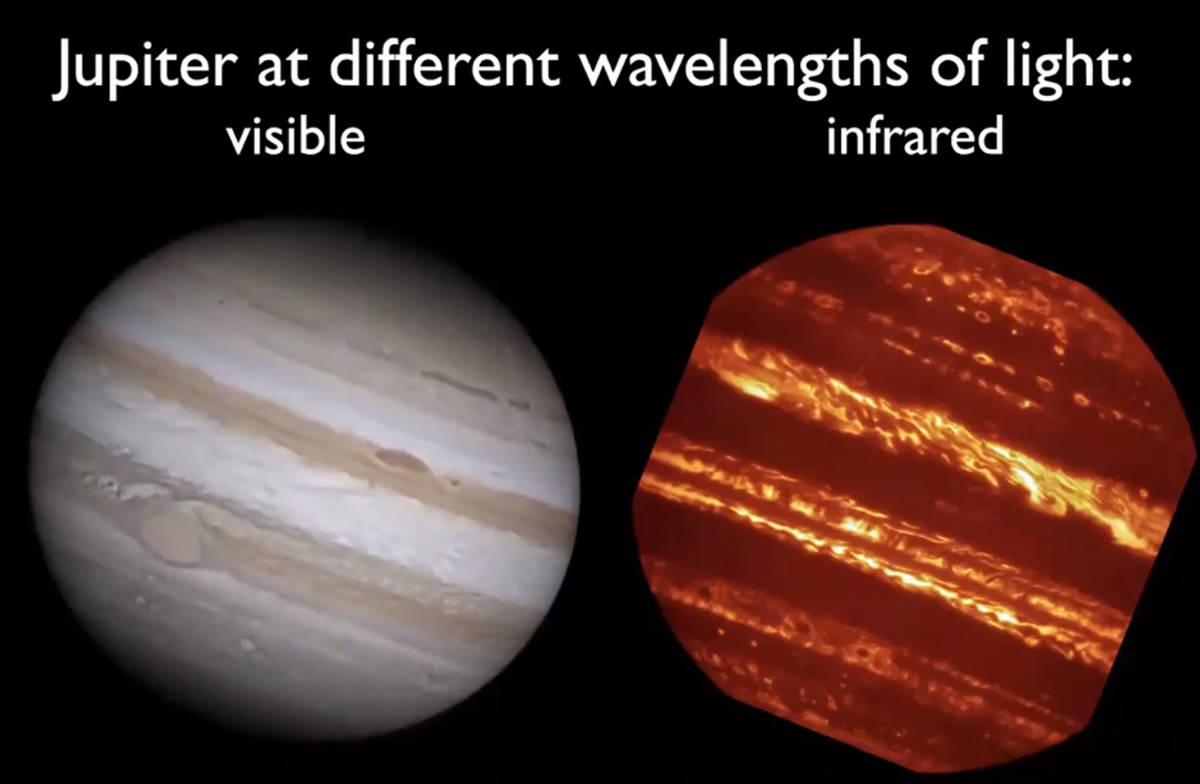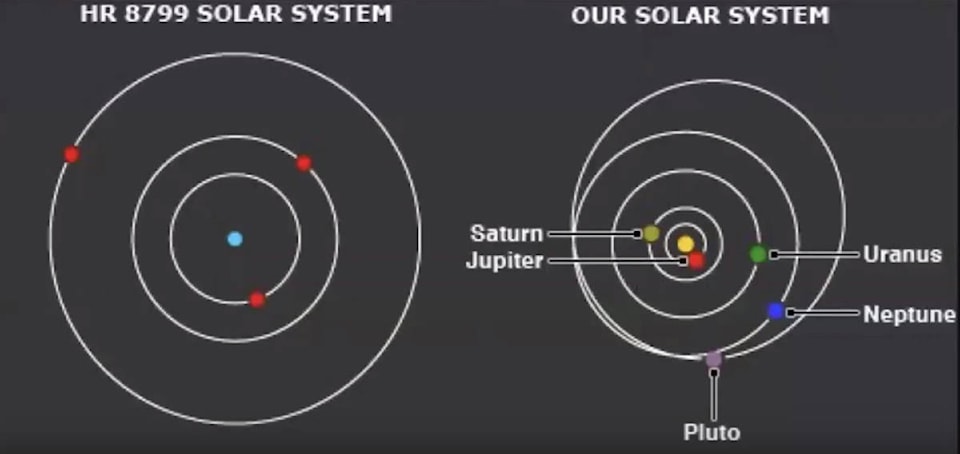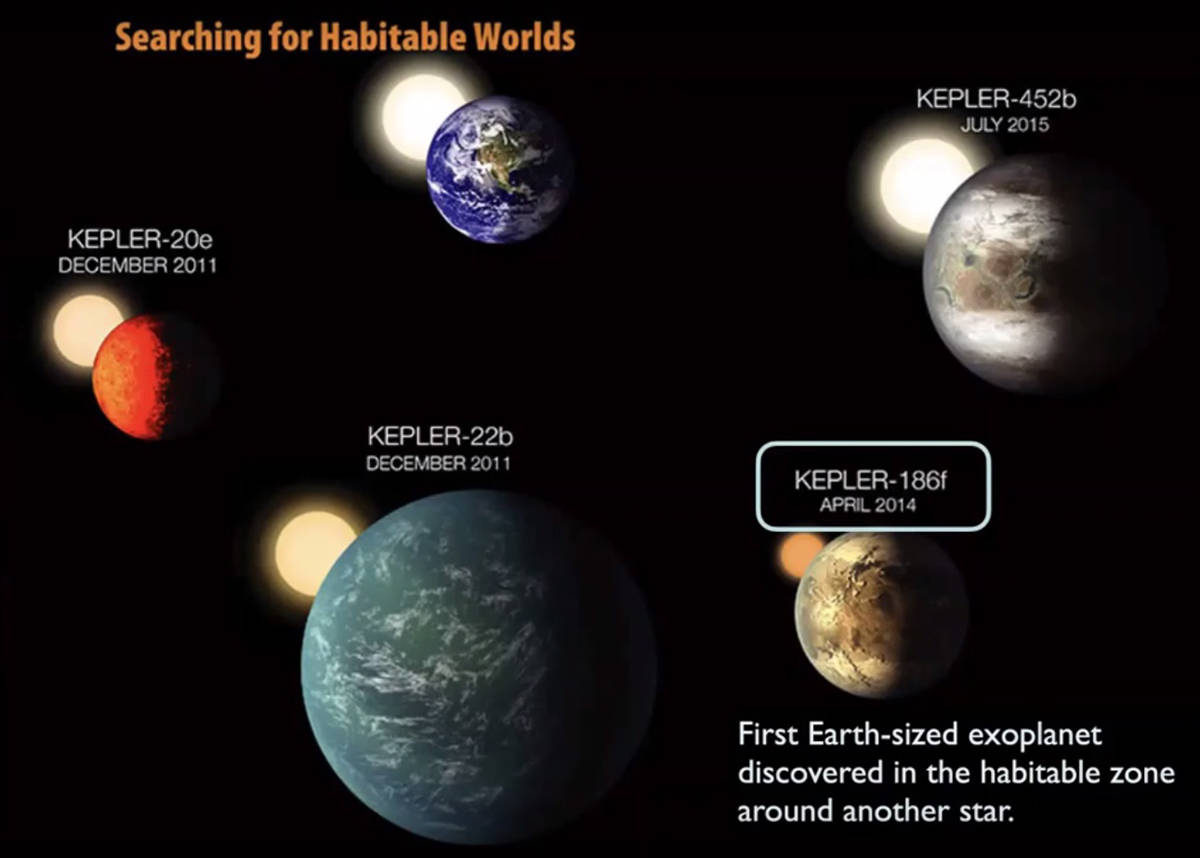
Scientists cannot measure key data on exoplanets yet, so instead they’re honing their techniques on brown dwarfs.
Astronomer Stanimir Metchev explained ways scientists estimate weather billions of kilometres away and map out exoplanets in a May 4 presentation as part of the Aurora Speaker Series.
Normally the series showcases scientific research completed in the Beaufort Delta to the world, but this time the cosmos came to Inuvik. Each year, the Canadian Astronomy Society’s CASCA-Westar Lectureship program allows communities to book an astronomer to come lecture. The idea is to bring more current astronomy knowledge to the general public.
Inuvik had been approved under the program, but had to delay the visit because of the COVID-19 pandemic. So the Aurora Research Institute opted to host the series virtually.
One of the hottest topics in modern astronomy are exoplanets and areas beyond the solar system, which Metchev discussed in detail.
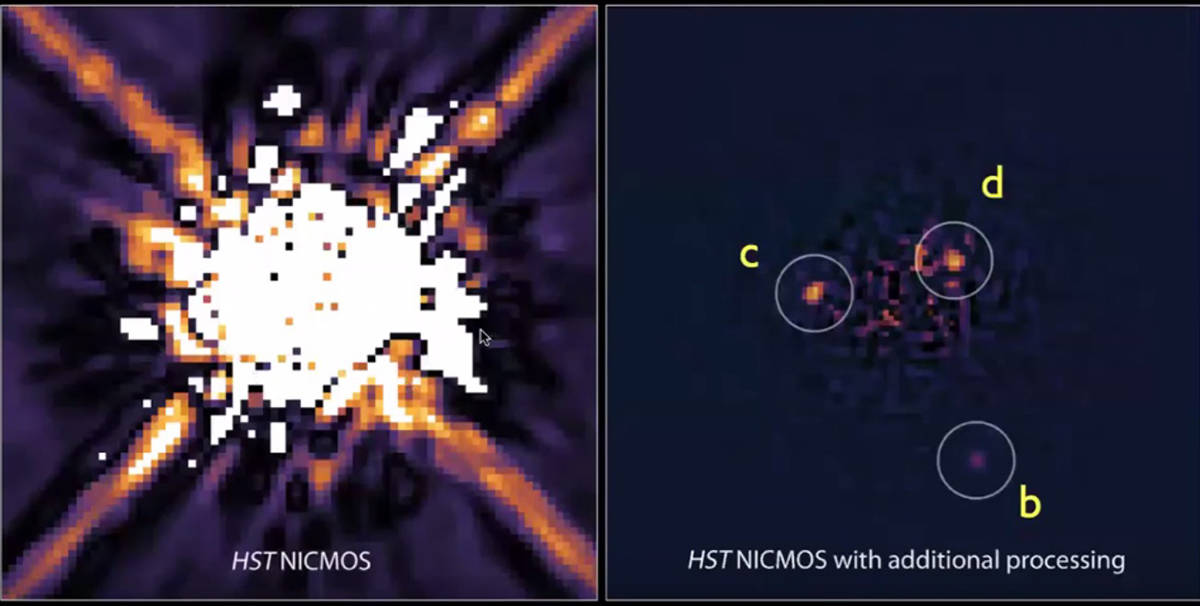
“The kinds of stuff that we do in my team at Western University is actually study the atmospheres and believe it or not even the weather patterns on other planets,” said Metchev.
Scientists have identified over 4,700 exoplanets in the last two decades, and about 60 are potential candidates for life. Metchev explained astronomers are currently looking for planets in the habitable or “Goldilocks” zone, an area close enough to the sun where liquid water could exist on the planet’s surface.
Around a star like our sun, that zone is a bit over 148 million kilometres out. The majority of stars found to have exoplanets so far, however, are red dwarfs. These stars are considerably smaller, cooler and dimmer than our star, so any liquid water would be located a lot closer to the star than in our own solar system. Stars increase with intensity as they move up the colour spectrum, ranging from red to blue.
In spite of this very specific criteria, scientists have a few candidates for “Earthlike” planets. One in particular is called Kepler-186f, which was discovered about seven years ago. The planet is roughly the same mass as the Earth and is close enough to its star liquid water could potentially exist at the surface.
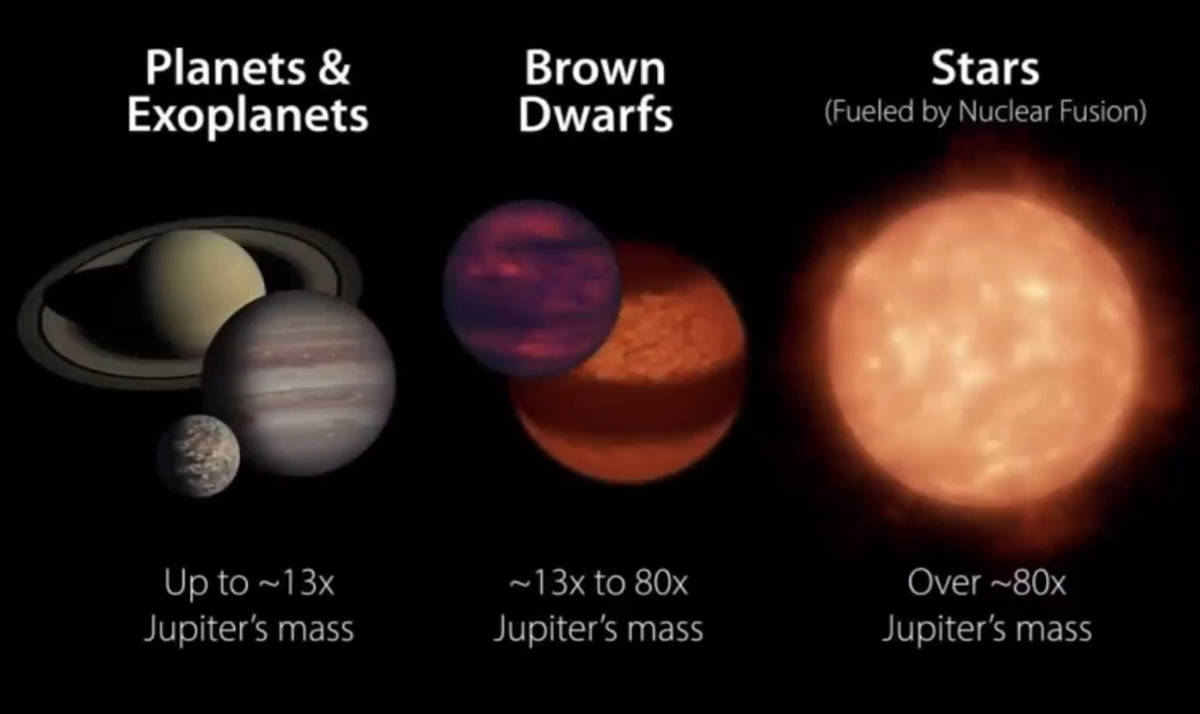
While Metchev notes it’s unlikely astronomers will be able to see an exoplanet directly for at least a century, that hasn’t stopped them from estimating what a potential alien world would be like. If there was photosynthesizing life like plants on Kepler-186f, they would likely be mainly red, because the dim light from the nearby star would cast different wavelengths on the planet.
“The host star itself is dimmer and redder than our own sun so the vegetation would have actually adapted to the red light coming from the star,” he said. “So the motto for this particular planet is where the grass is always redder on the other side.”
Brown Dwarfs light the way
Instead, to develop hypotheses on what conditions on the far-away planets could be like, Mentchev’s team are looking to their larger cousins. Brown Dwarfs are in effect failed stars – massive objects that build up like stars but do not have enough mass to maintain fusion reactions. Consequentially, they behave in a similar manner to large gas giants – many are roughly the same size as Jupiter.
